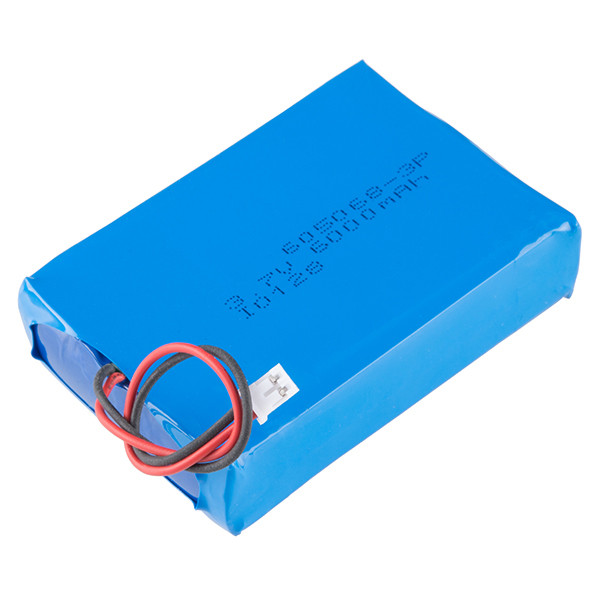Advantages:
Utilization of these batteries presents manufacturers with an industry edge due to their rechargeability and adaptability to diverse shapes and sizes resulting from their reduced weight.
Note: Their monthly self-drain rate, regardless of usage level, remains notably low at approximately 5%.
Disadvantage:
The physical lifespan of these batteries (roughly 500-800 charge cycles) is relatively limited, particularly in high-duty applications such as the high-discharge lipo battery (250-500 charge cycles).
Additionally, because of their complex and susceptibility chemistry, these batteries necessitate meticulous handling during storage, charging, and discharging throughout their lifetime.
Under inadequate maintenance, Lithium Polymer Batteries can potentially result in explosions. Due to security concerns, shipping companies classify them as hazardous materials leading to elevated transportation costs.
These batteries also carry a higher price tag than conventional NiCad and NiMH batteries.





